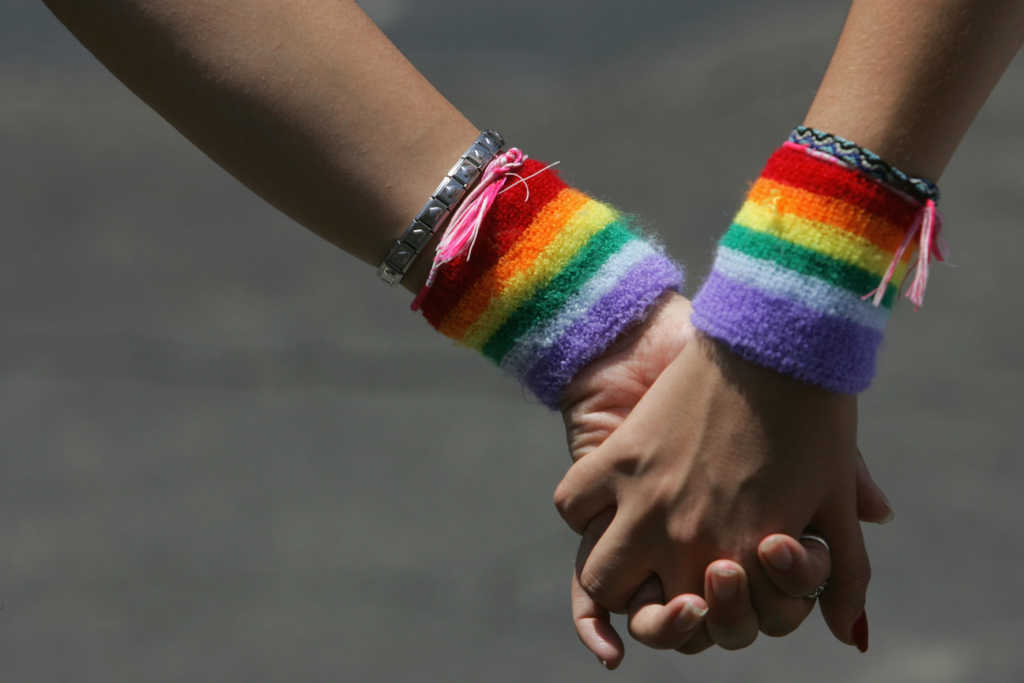Over half of all youths who self-identify as male despite being biologically female have attempted suicide. This shocking statistic about so-called transgender males comes from a new and detailed report on the mental health effects associated with transgenderism.
Chick-fil-A Breaks Its Own Rule, Opens on Sunday in Service of Florence Victims
According to the study, “Transgender Adolescent Suicide Behavior,” some 51 percent of female and male trans-identified teenagers revealed they had attempted to kill themselves at least once.
The data, collected by Russell B. Toomey, Ph.D., of the University of Arizona-Tucson, was taken from 120,617 participants ages 11 to 19. The most revelatory question asked by the researcher was simply, “Have you ever tried to kill yourself?”
Fourteen percent of all those questioned said they had, which in itself is awfully tragic. But the numbers hiked up considerably when the respondents were narrowed down to just those who self-identified as a gender different to the one that was assigned to them at birth.
Of those surveyed, 202 identified as male to female transgender, 175 identified as female to male transgender, 344 identified as non-binary transgender and 1,052 identified as “questioning” their gender identity at the time of filling out the survey.
Approximately 30 percent of those in “questioning” category, as well those who had self-transitioned from male to female, said they had attempted suicide at some point in their life. Some 42 percent of those who identified as “nonbinary” had at one stage tried to take their own life.
In an interview with CNN, psychologist Heather Hutzi noted that suicide is at epidemic levels, and is currently “the second leading cause of death” among teenagers.
“They’re very impulsive,” she said, noting that teenagers will often act on suicidal thoughts without properly thinking through their actions. Thus, early intervention and preventative treatments are required to successfully direct them away from that path of no return. Therapy must also be readily available for kids who are struggling with dark, depressive or suicidal thoughts in order to assist them in the improving of their mental health.
“For adolescents, in particular, a large percentage — I think it’s like 50 percent to 60 percent — make an attempt within 30 minutes of having the idea. Their brain isn’t developed enough,” she added.
More from Kelsey Harkness at The Federalist:
“Those numbers deserve repeating: One in two biological girls who call themselves boys tried to kill themselves in the past year. Two in five gender-nonconforming adolescents tried to kill themselves. And three in 10 biological boys who identify as girls tried to kill themselves.”
In discussing these results, [Russell B.] Toomey described an “urgent need to understand why transgender, female to male, and nonbinary adolescents report engaging in suicide behavior at higher levels than other adolescent transgender populations.” He’s right. But that’s just the first of many questions this study begs to be answered, and there’s no excuse not to ask.
Suicide in the U.S. has risen dramatically over the past couple of decades. Earlier this year the Centers for Disease Control and Prevention (CDC) reported that the suicide rate has climbed 30 percent in more than half of U.S. states since 1999, marking an overall nationwide rise of about 25 percent.
The CDC describes the aim of suicide prevention as very straightforward: to “reduce factors that increase risk (i.e. risk factors) and increase factors that promote resilience (i.e. protective factors).”
So, the question is, how do we tackle the gender identity issue with these clear-cut risk factors in mind? And, considering these alarming discoveries, should the education system be encouraging kids to explore their gender confusion at such a young age?
Students Forced to Watch LGBT Videos — Outraged Parents Stunned by School’s Response
“Families, schools, doctors, government, and the media have an obligation to figure out how to differentiate between celebrating differences and encouraging dangerous behavior,” Harkness writes. “That’s because if being transgender poses such a grave risk to adolescent lives, it’s hard to understand why any sane society would embrace it.”
If you or someone you know is struggling with depression, contemplating suicide, or you just need someone to talk to, call the National Suicide Prevention Lifeline at 1-800-273-8255. For helpful counseling services in your area, consult the Christian Counselors Network.



